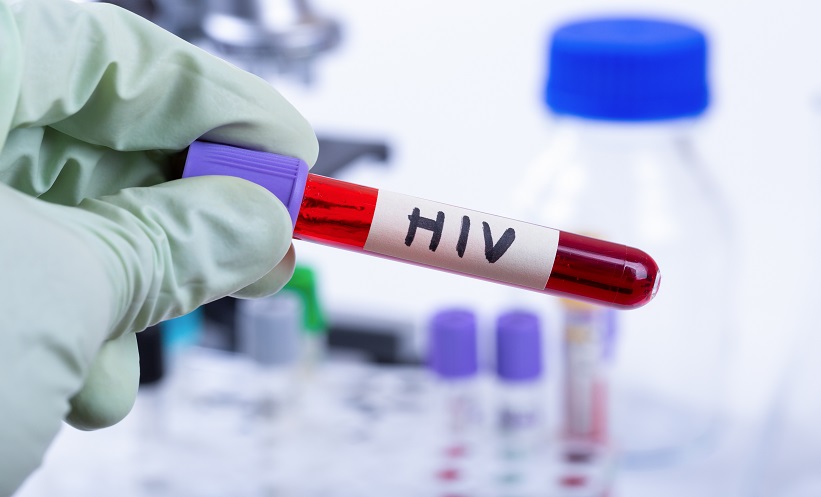Author: Lucy Anderson, EMJ, London, UK
Citation: EMJ Oncol. 2023;11[1]:20-22. DOI/10.33590/emjoncol/10302504. https://doi.org/10.33590/emjoncol/10302504.
![]()
ESTABLISHED HALLMARKS
Currently, there are eight hallmarks recognised as necessary for cancer to develop and progress. The first two hallmarks identified, sustained proliferative signalling and evading growth suppressors, both facilitate uncontrolled cell growth. Another hallmark is resisting cell death, which cancerous cells are able to achieve by resisting apoptosis, the most prominent mechanism inducing cell death. The fourth hallmark discussed is replicative immortality, whereby cancerous cells bypass cell replication limits, often through inducing telomerase enzyme mechanisms. For oxygen and nutrients to reach tumours, and to evacuate waste, access to the blood vasculature is needed. The major mechanism to achieve this hallmark is to induce angiogenesis. The sixth hallmark, activation and metastasis, is the foundation of morbidity and mortality that has become synonymous with cancer. The penultimate hallmark identified so far is regulating cellular metabolism. Unlike differentiated cells that have specific metabolic programmes, cancerous cells harness energy sources of varying kinds, to provide the energy needed to continue cell proliferation. Lastly, cancer cells are able to avoid immune destruction at various stages during multistep tumour development. The infrequent efficacy of immunotherapy seen across the spectrum of cancer reflects avoiding immune destruction as a hallmark of cancer.
ACQUISITION OF HALLMARK CAPABILITIES
Hanahan explained that the capabilities of hallmarks are acquired through enabling characteristics, also known as phenotypes. It is well established that genome instability and mutation is one such phenotype. A more recently discovered phenotype is tumour-promoting inflammation. Tumours harness a programme of inflammatory-mediated wound healing, which also involves several hallmark capabilities, such as activating invasion, cell proliferation, immune inhibition, and angiogenesis.
Differing cell types in tumour cells also contribute functionally to cancer hallmarks. As such, tumours become assemblages of cell types that are capable of collaborating. Normal and neoplastic cell types and subtypes assemble to become components of tumours, helping to provide hallmark capabilities. Cell types included in these interactions include cancer stem cells, cancer-associated fibroblasts, endothelial cells, and pericytes.
POSSIBLE HALLMARKS
Hanahan alluded to emerging parameters that could be incorporated into cancer hallmarks, as there are additional phenotypic characteristics that could be contributing to the progression of cancer.
One potential hallmark capability is phenotypic plasticity, since there is a lot of dynamic variation inside tumours. As a result, a differentiated cell that is not terminal can de-differentiate into a progenitor cell with hallmark capabilities. As has been newly documented, cell lineages can trans-differentiate into another lineage with hallmark capabilities, particularly in response to therapy.
Another potential enabling capability is non-mutational epigenetic reprogramming. Evidence increasingly suggests that purely epigenetic mechanisms contribute to the activities of both the cancer cells and genomically stable cells in the tumour microenvironment (TME). This has been established to be fundamental in cancer development, progression, and adaptive resistance, and could be an important enabling characteristic.
Polymorphic microbiomes are another possible enabling capability. Microbiomes in our gut can modulate the development of cancer, its progression, and the response to therapy. There are distinct microbiomes in the gut, lung, oral, cervical canal, and skin with incredible polymorphism. Thus far, microbiomes have been implicated in modulating proliferation, inflammation, immune evasion, gene mutation, and contributing to therapy resistance.
Hanahan also discussed whether senescent cells could play a role in cancer hallmarks and the TME. Due to the variable senescence-associated secretory programme, which can promote tumour development, senescent cells have been implicated as tumour-promoting. However, this has yet to be generally validated, and it is unclear whether senescent cells do play a role in the TME.
Lastly, it should be noted that accessory ‘stromal’ cells recruited in the TME can also contribute to the hallmark capabilities observed. In some stages of tumour development and progression, accessory cells have facilitated the maintenance of hallmarks, and could be a potential avenue for therapeutic targeting.
THERAPEUTIC TARGETING OF HALLMARKS
There has been a continuous development of ‘smart drugs’ that target individual hallmarks and their corresponding phenotypes. Currently, we have therapies that disrupt the majority of hallmarks, which have produced notable therapeutic responses previously. One such example has been treating mutant BRAF in metastatic melanoma with vemurafenib, targeting the proliferative signalling hallmark. However, targeting single hallmarks is often followed by adaptive resistance and relapse. Hanahan suggests that this “could be an area where drugs that have not worked as monotherapies can show significant benefits when combined.”
Therefore, one avenue to explore is hallmark co-targeting. By targeting different functions of complementary contributions to the tumour, it may be harder for it to adapt. Hanahan noted several successful clinical trials that have involved hallmark co-targeting of immune invasion and tumour vasculature. For example, atezolizumab alongside chemotherapy and bevacizumab has been approved for first-line treatment of metastatic non-small cell lung cancer. There has also been trial success when co-targeting the tumour vasculature and proliferative signalling. For example, ramucirumab plus erlotinib has been approved for first-line treatment of metastatic EGFR-mutant non-small cell lung cancer.
One hypothesis is that co-targeting could be used in conjunction with complex sequence regimens. In the future, alongside better mechanisms for early detection of therapy responses and treatment failure, it may be plausible to detect that the cancer is expansive, and switch therapy. Theoretically, using sequential variation in hallmark co-targeting would make it impossible for the tumour to adapt and resist. However, this premise is in its early stages, and not yet proven.
CANCER NEUROBIOLOGY
Recent studies have shown that neurons and their axonal projections could be enabling constituents of the TME. Tumours are also able to induce neural remodelling, encouraging nerve ingrowth, increasing neuronal excitability, and therefore reinforcing nerve-cancer interactions. Overall, it has been established that innervation of the TME alongside co-opted neuronal signalling in cancer modulates six of the current core hallmark parameters, and could be “an exciting frontier in cancer biology.”
CONCLUSION
Hanahan finished the presentation by clarifying that, so far, none of the hallmark co-targeting examples have been transformative with long-term survival benefits. However, hallmark co-targeting is still very much in its novel form, and the case studies thus far have been encouraging.







